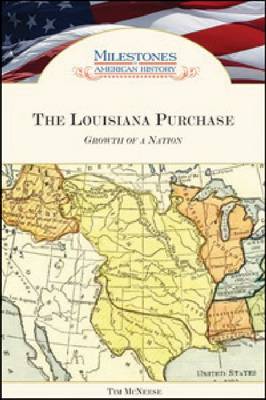Milestones in American History
3 total works
When it was completed in 1825, the Erie Canal caused a great sensation. Though plans for an artificial waterway to link the Great Lakes with the eastern seaboard were underway as early as 1783, supporters of the project experienced difficulties in finding federal funding. With New York State footing the bill, construction finally began on the canal on July 4, 1817, following the inauguration of DeWitt Clinton, the canal's biggest advocate, as governor of New York. The Erie Canal's completion brought an increase in goods and capital, making New York the leading financial and commercial center in the nation, surpassing Boston and Philadelphia. For many years, the Erie Canal served as the chief traffic artery for both passengers and freight, and population increased in large numbers throughout the state.However, the middle of 19th century brought steady competition from the railroads, and the canal's commercial importance was greatly reduced. Today, the Erie Canal is a branch of the New York State Canal System and is considered a relatively minor commercial waterway. In ""The Erie Canal"", read how this manmade waterway that extends from Lake Erie in Buffalo, New York, to the Hudson River in Albany helped shape the future of the Empire State.
Though the present-day United States stretches from the Atlantic Ocean to the Pacific, the shape of the nation has shifted many times over the course of its history. The year 1803 marked one of the greatest changes, when President Thomas Jefferson purchased 828,000 square miles from France's Napoleon Bonaparte. This area of land, known then as the Louisiana Territory, today comprises all or part of 15 states. Buying the territory was no easy task, however. France was wrangling with political and military battles, the deal required the talents of two of Jefferson's most talented diplomats, and even the constitutionality of such land acquisition came under fire. ""The Louisiana Purchase"" tells the story of the purchase that opened up the possibility of American westward expansion.

